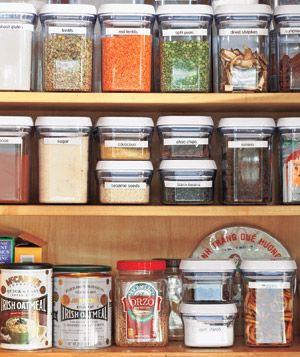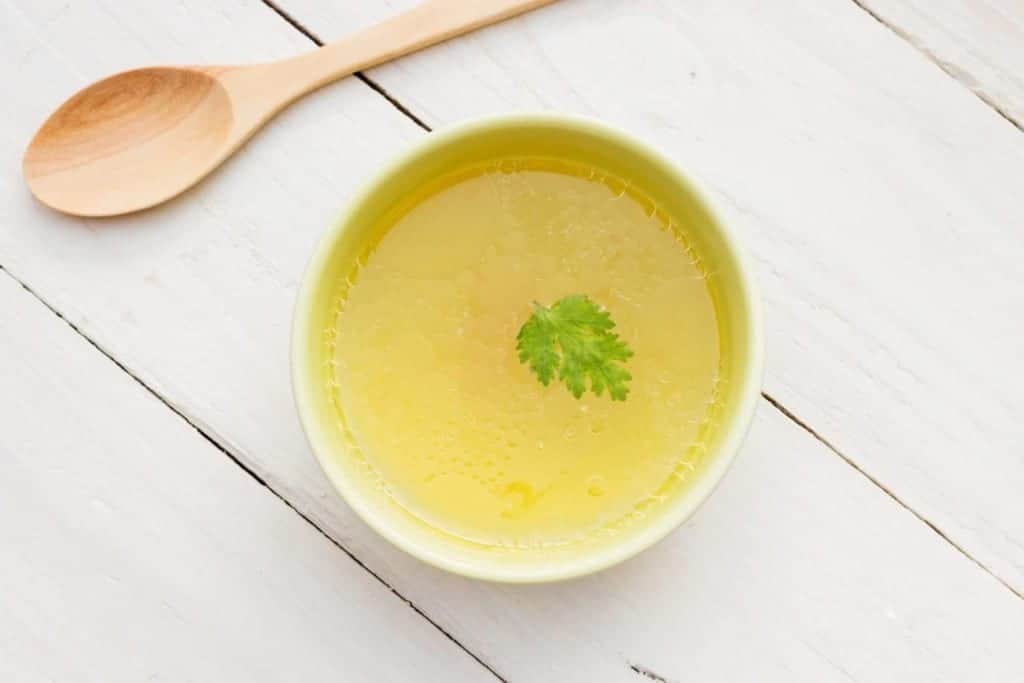Fructose Malabsorption
If you suffer from constant bouts of cramping diarrhoea, or flatulence then you may be suffering from a condition called Fructose Malabsorption. Over the last several years more and more people are being diagnosed with this condition due to the increasing amount of fructose that the average modern diet consists of. Fructose malabsorption is not to be confused with the hereditary fructose intolerance, a potentially fatal condition where the liver enzymes that that break up fructose are deficient.
What is Fructose and Why is it an Ingredient in so Many Foods?
Fructose is a type of sugar often referred to as fruit sugar because it is a natural ingredients in fruit and even some vegetables. However, food manufactures discovered that fructose was a cheap ingredient that could be used as a preservative in many processed foods and so have been using this sugar in more and more products and in greater quantities over the last few decades. Fructose is found naturally in some foods such as fruits, some vegetables, wheat, honey, sugar cane and beets. However, it is also added to processed foods including gravies, tomato sauces, desserts and many other foods.
What is Fructose Malabsorption?
Before the use of fructose as a preservative in processed foods, most people consumed this sugar through eating fruits, a few vegetables, and wheat. This limited the amount of fructose that people ingested and the intestines had little trouble digesting or absorbing this fructose. However, if many different sources of food we eat today containing fructose, the small intestine (where fructose is usually digested) is simply unable to absorb the growing amount of fructose in modern diets. This results in the excess fructose being carried to the colon where the colons natural bacteria rapidly begins digesting these high amounts of sugar, but being unable to absorb it all resulting in increased fructose throughout the entire digestive system. The inability of the digestive system to absorb all the fructose is known as Fructose Malabsorption and can lead to a number of uncomfortable symptoms that can effect your life and your overall health.
Symptoms of Fructose Malabsorption
People who suffer from fructose malabsorption may experience only a few of the following symptoms or may experience the entire list of symptoms at one time or another. Each person is different and therefore not all people will experience the exact same symptoms. These symptoms include:
- Swelling of the intestines
- Bloating of the stomach
- Cramping or abdominal pain
- Loose stools or diarrhoea
- Flatulence / gas
- Weight gain or loss
- Headaches
- Sugar cravings
- Fatigue
- Anxiety
- Depression
How To Identify If You Have Fructose Malabsorption
There is a breath test you can take to see if you have fructose malabsorption. It's a breath test that I use with my clients that prefer to see test results on paper to see if they need to reduce the fructose in their diets to relieve their digestive symptoms. This test uses the same method as the SIBO (small intestinal bacterial overgrowth) test so you can order them together to see if you are suffering from one or both of these issues.
The other method used to identify fructose malabsorption is an elimination diet. Depending on your individual situation we can use either a FODMAP diet, if we suspect other food elements are involved, or a fructose restricted diet.
Examples of Common High Fructose Foods
High fructose foods are those that contain a significant amount of fructose, a simple sugar that is often used as a sweetener in processed foods. Here is a list of some common high fructose foods:
- Soft drinks and fruit juices with added sugars
- Lollies and other sweets with added sugars
- Sweetened breakfast cereals
- Flavoured yoghurts and other dairy products
- Jams, jellies, and syrups with added sugars or agave nectar
- Baked goods such as cakes, cookies, and pastries
- Processed foods with high fructose corn syrup (often imported from America)
- Ketchup and other condiments with added sugars
- Sweetened energy bars and drinks
- Canned fruits in syrup
It's important to note that while fructose is a natural sugar found in fruits, it's generally not considered harmful when consumed in moderation as part of a balanced diet; unless you have fructose intolerance or fructose malabsorption. However, consuming high amounts of fructose from processed food and beverages has been linked to various health issues such as obesity, type 2 diabetes, and metabolic syndrome.
How Fructose Malabsorption Can Affect your Health
There are a number of different ways that Fructose malabsorption can affect your health. For one thing all that excess fructose in your system can prevent your body from absorbing vital vitamins and nutrients that it needs to continue to function properly which can result in severe vitamin deficiencies and anaemia (as iron is one of the minerals that can't be absorbed properly).
Secondly, whether or not these high levels of fructose get absorbed by your body or not, you can build up insulin resistance resulting in type II diabetes. If you gain weight from this excess sugar you are also at risk for high blood pressure, heart disease and a number of other serious health conditions.
How To Lose Weight With Fructose Malabsorption
To manage weight with fructose malabsorption, it's important to limit or avoid high fructose foods and focus on consuming low fructose options. This may include foods like lean proteins, non-starchy vegetables, and a limited amount of low sugar fruits like berries. It's also important to pay attention to portion sizes and avoid overeating, as excess calories can still lead to weight gain even with a low fructose diet. Additionally, incorporating regular physical activity into your routine can help burn calories and support weight loss. If you'd like a personalised plan to lose weight with fructose malabsorption my Fuel & Nourish with Metabolic Balance program is ideal.
While there is no cure for fructose malabsorption, working out the amount you tolerate can reduce symptoms and help prevent some of these health problems.
Start by avoiding soft drinks and other sweetened drinks containing high fructose corn syrup (especially prevalent in products imported from the United States. Learn which fruits and vegetables contain less fructose and focus more on those in your diet. Avoid processed foods as much possible, by avoiding boxed and frozen fast food products.
While you won't be able to avoid Fructose entirely, you can significantly limited the amount you consume and manage your symptoms.
For help with dietary fructose intolerance or other functional gut disorders find out more about my Gut Fix Program. You'll be able to book in for the free Strategy Session so I can go through the steps relevant to you and your situation.


